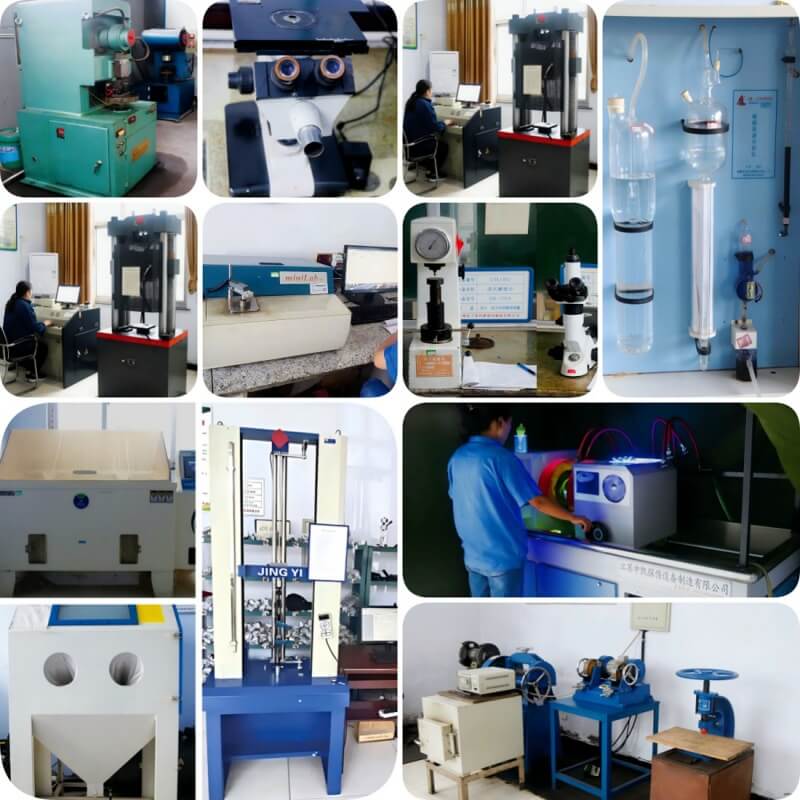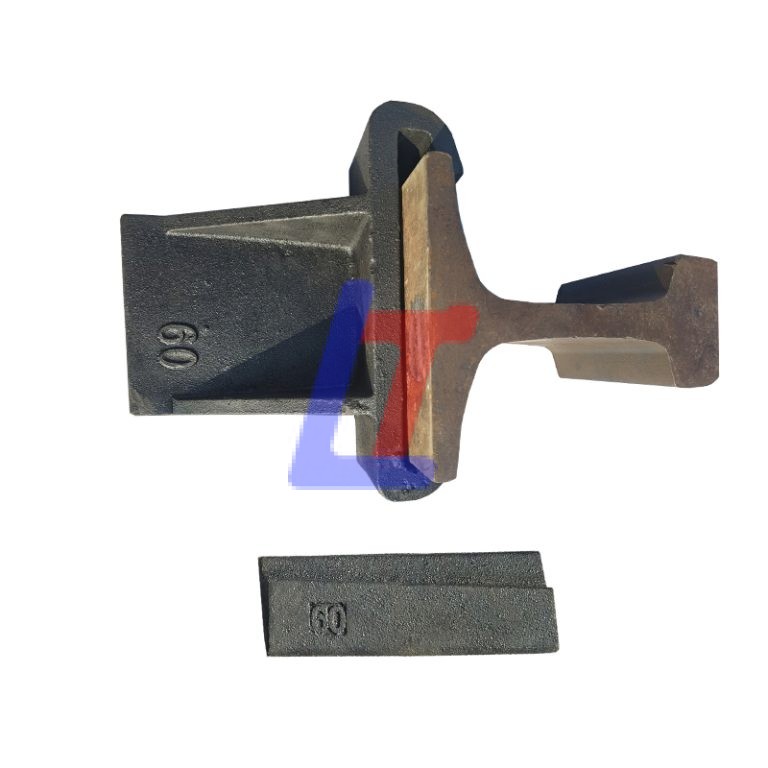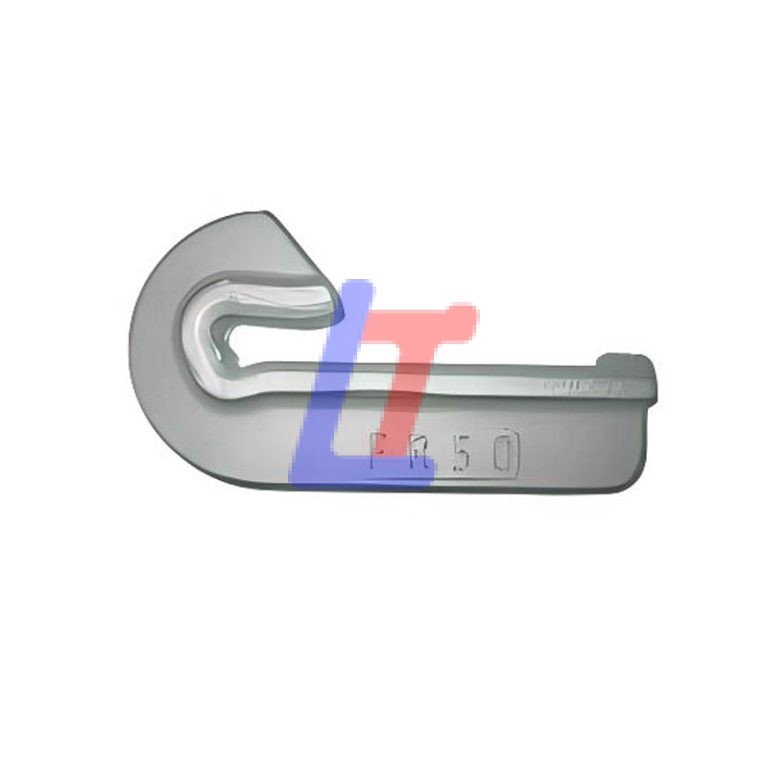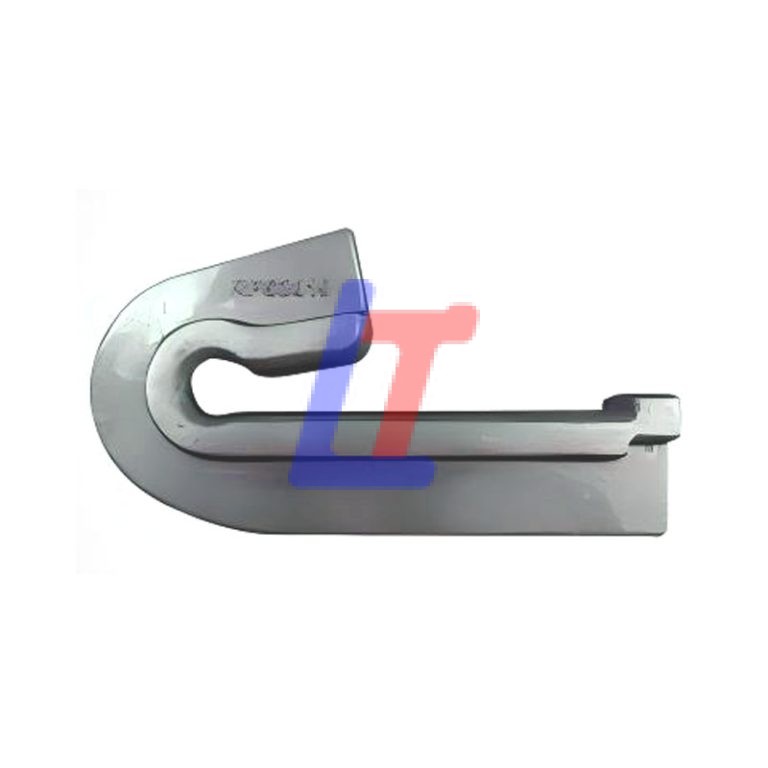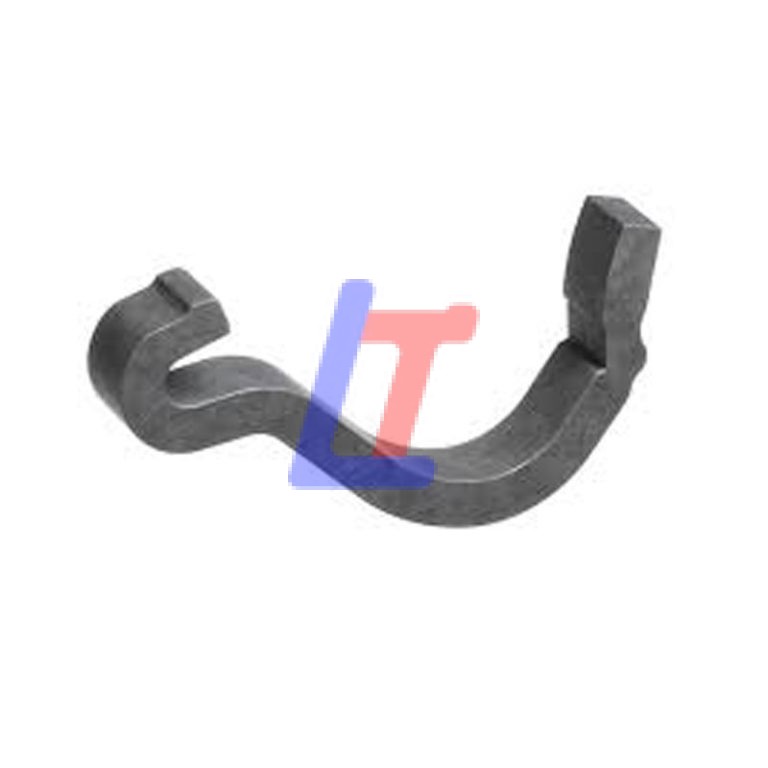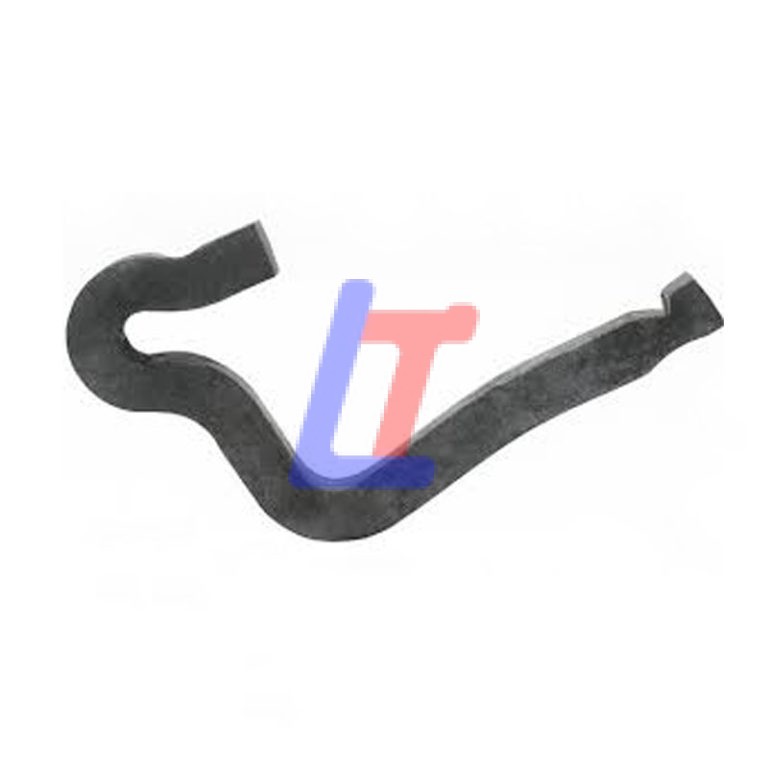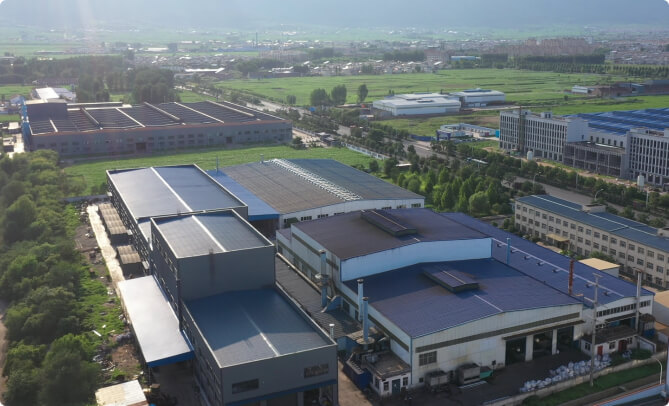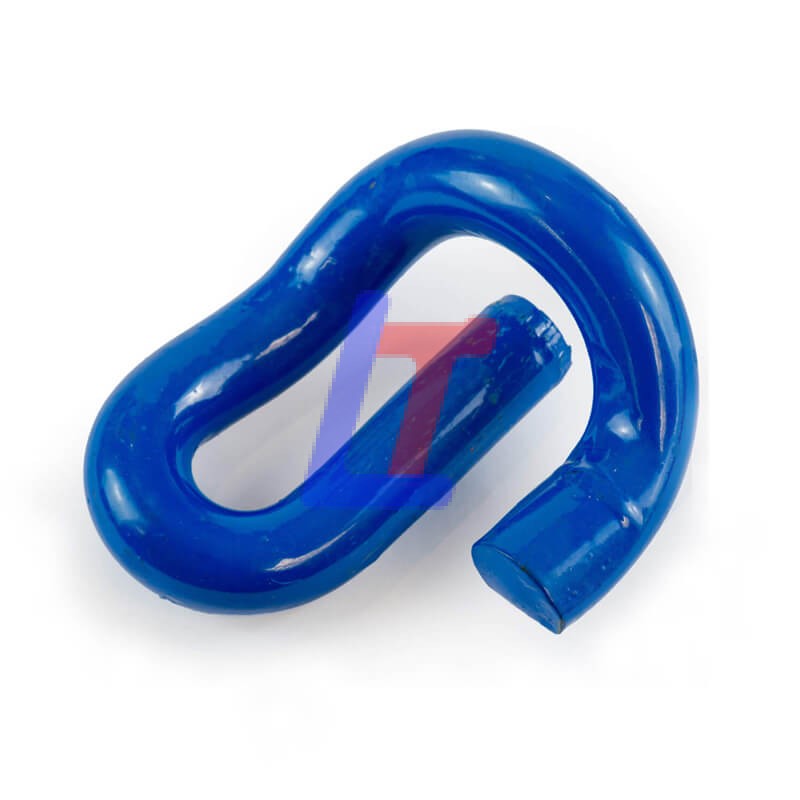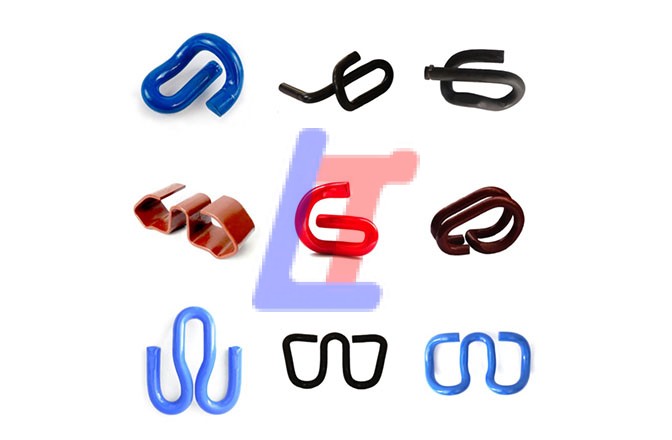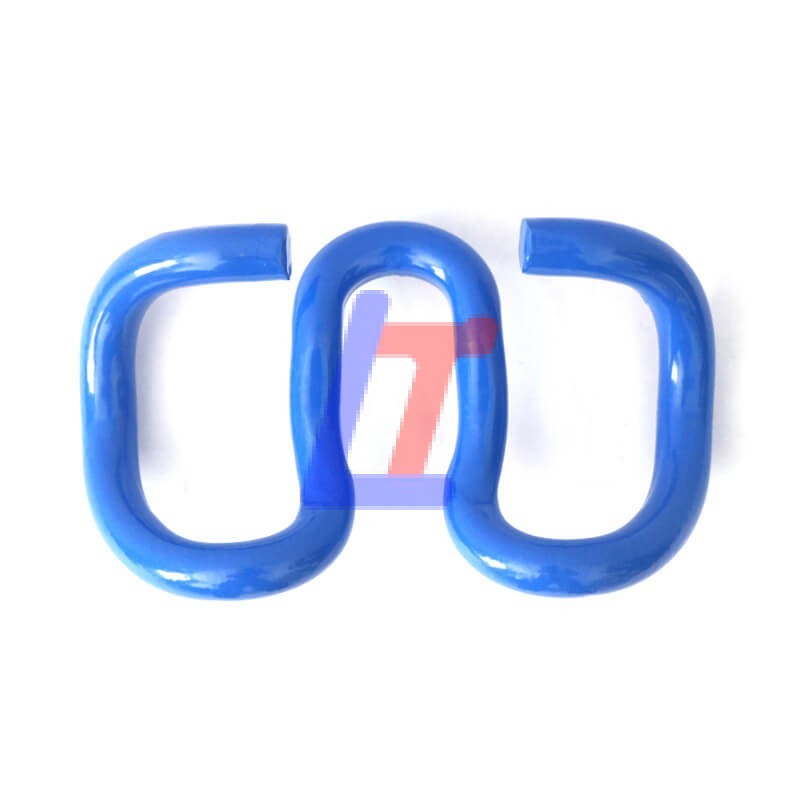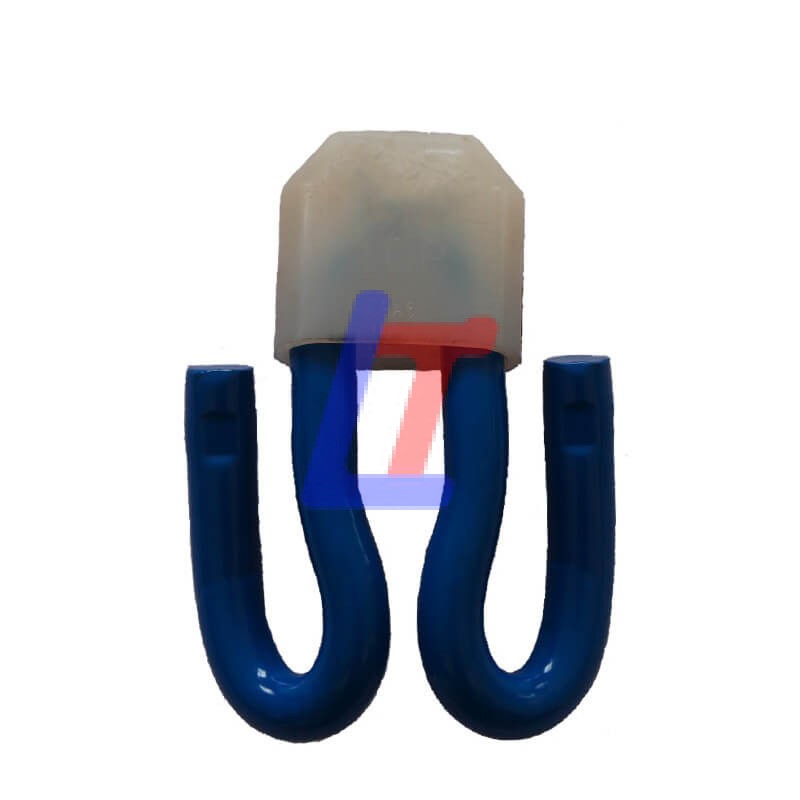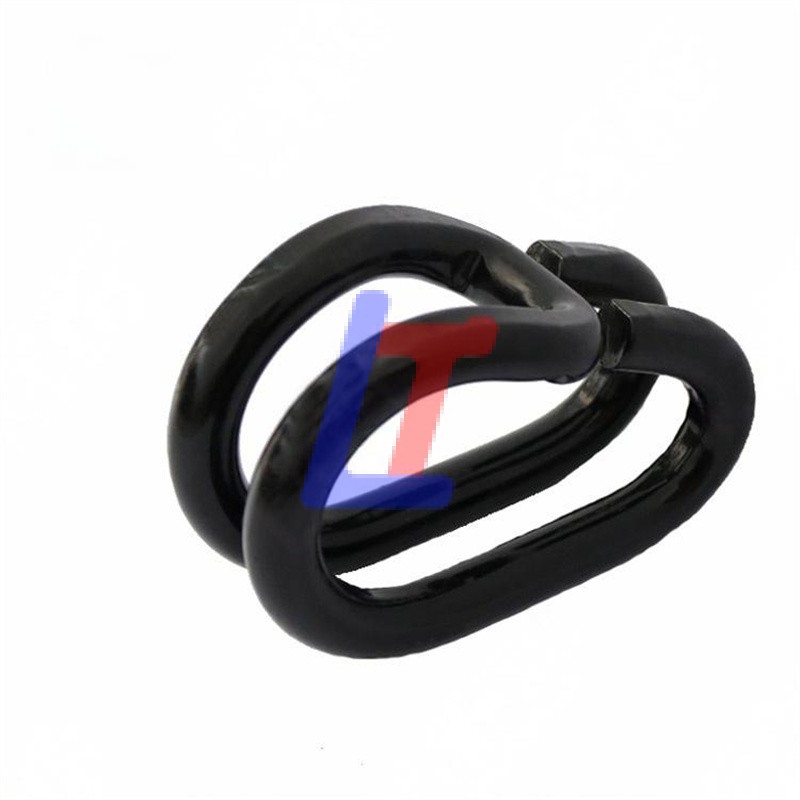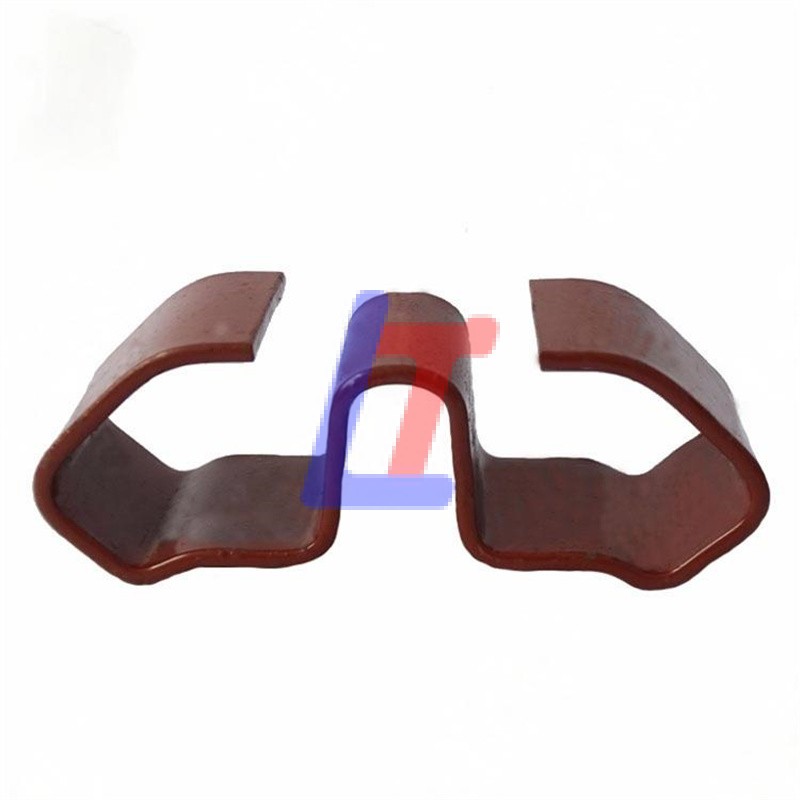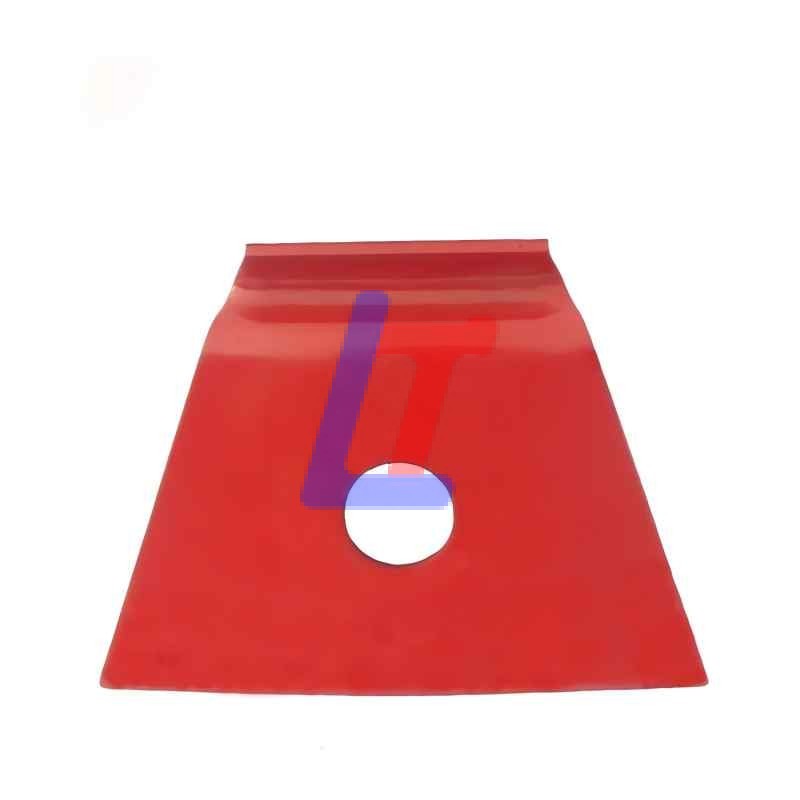Basic Information of the Rail Anchor
The rail anchor is an important component of the railway track. Trains exert longitudinal force on rails when starting, braking or climbing. This causes rails to creep during operation. This affects the geometric position of the track and the safety of train operation. The rail anchor can effectively address this issue.
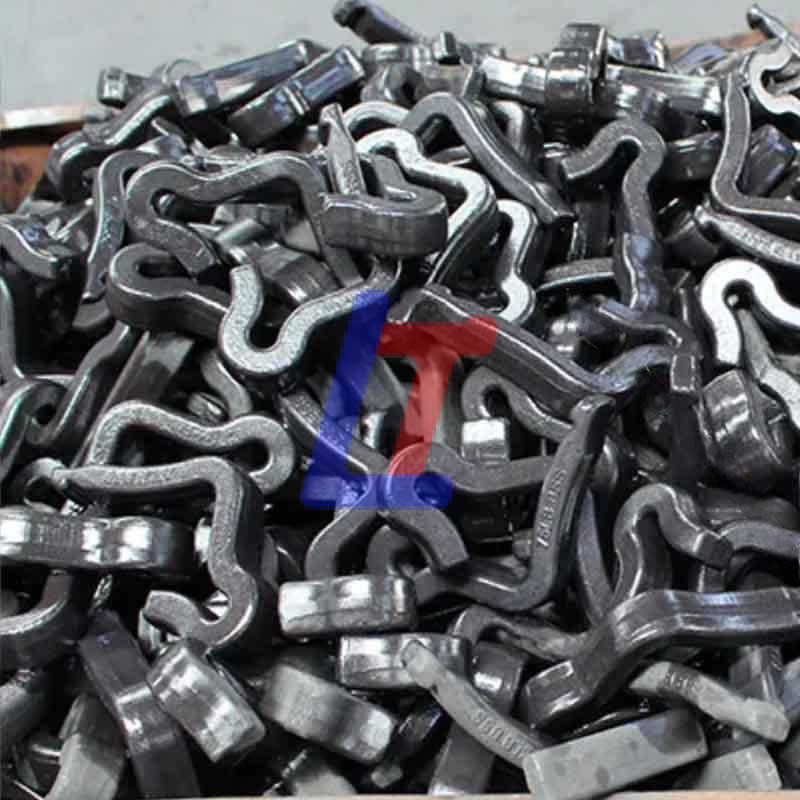
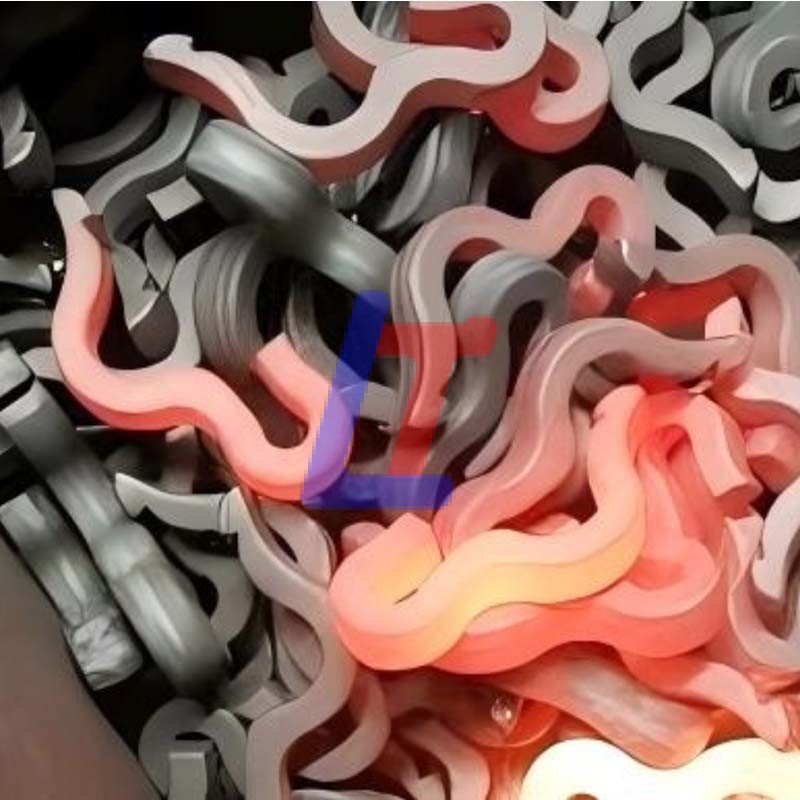
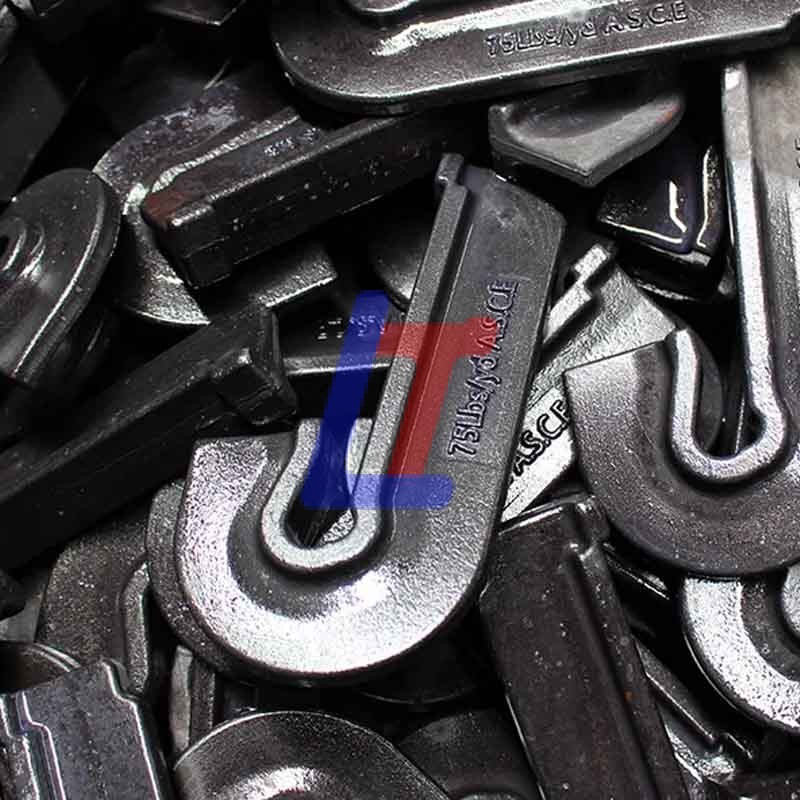
Working Principle of the Rail Anchor
Take the common pin-type rail anchor. It has a rail clip with a baffle and a pin.
One side of the rail clip clamps the rail bottom tightly. The other side wedges with a pin, connecting to the rail firmly.
When the rail gets longitudinal force and tries to creep, the rail clip’s baffle touches the sleeper. It uses the resistance of the sleeper and the rail spike to prevent the rail from moving. To enhance the effect, people usually install anti-creep struts between the sleepers. These struts connect multiple sleepers into a whole to jointly resist the creeping force of the rail.
Important Functions of the Rail Anchor
- Ensure Track Stability: First, ensure the accuracy of the track’s geometric dimensions. Then, maintain the stability of parameters like gauge and level. Additionally, avoid track deformation caused by rail creep. Ultimately, ensure safe and smooth train operation.
- Prolong the Service Life of Track Components: First, reduce wear and fatigue in rails and other track components—like fasteners and sleepers—caused by creep. Then, prolong the service life of track facilities. Finally, reduce maintenance costs.
Common Types
- Pin-type rail anchor: It features a simple structure and low cost, so people widely use it. It relies on the cooperation of the rail clip and the pin to lock the rail.
- Screw-type rail anchor: Tightening the bolt firmly clamps the rail clip to the rail, generating a large locking force. There are different forms, such as casting type and welding type.
- Spring-type rail anchor: It uses the elastic force generated by the elastic deformation of the spring to resist the creeping force of the rail. However, people use it relatively rarely in practice.
Application Scenarios
It is suitable for all railway lines. Notably, in areas with large rail creeping forces—such as long steep slopes, braking sections, and small-radius curves—the rail anchor is indispensable. Moreover, it effectively boosts the track structure’s stability and safety.
Advantages
How to Find a Qualified Rail Fastener Manufacturer?
Please choose LTRF.
Why Choose LTRF?
- Strong Technical Expertise
LTRF boasts a dedicated R&D center. Moreover, it maintains long-term collaborations with major industry players: China Railway, CRCC, and the Academy of Railway Sciences. It also partners with leading railway universities. Consequently, LTRF has developed innovative fastening systems for global markets. Notably, all these systems have independent intellectual property rights. In fact, LTRF now holds over 30 invention and utility model patents.
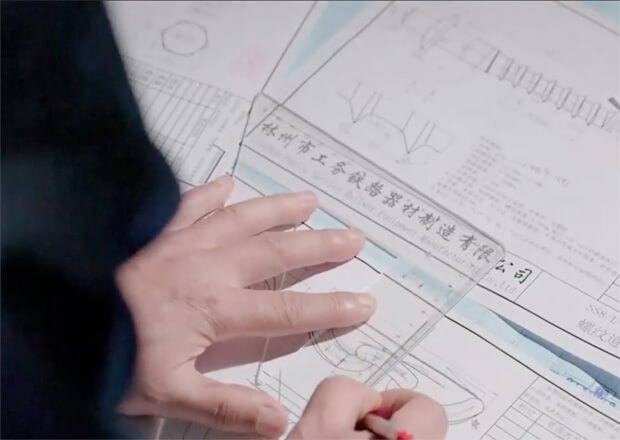
- Professional Manufacturing
LTRF always aims for the best. We carefully choose the materials we use and make sure every part is made with great care and skill. We believe in doing things perfectly. Therefore, we keep coming up with new ideas. Additionally, we check our products’ quality very carefully to ensure they are good.
We work fast to make sure you get your order on time. And we offer good service before and after you buy something. At LTRF, we also focus on what our customers need. We’re committed to making good products and providing great service in everything we do.
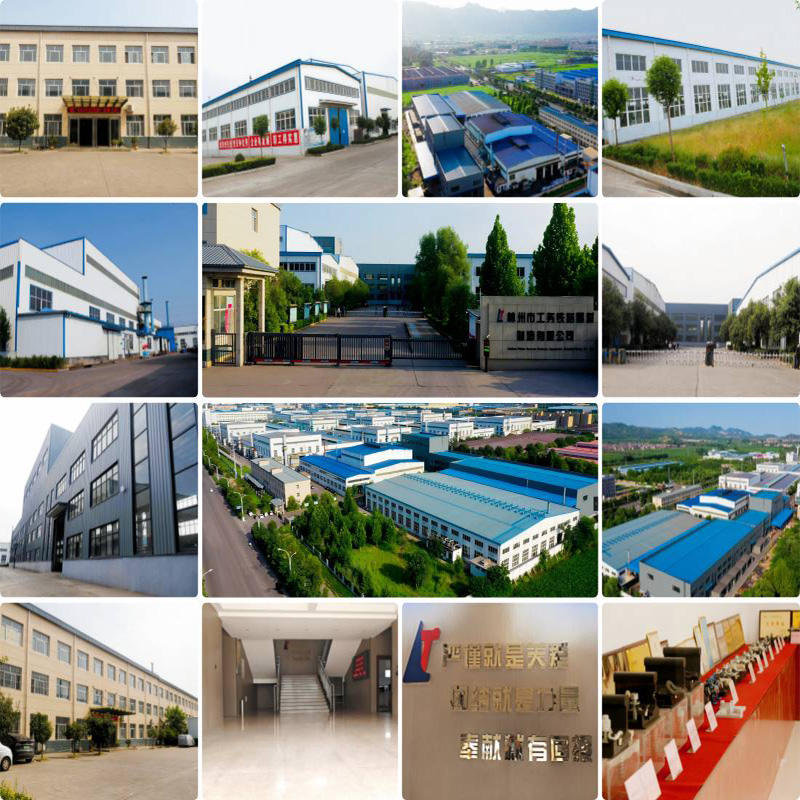
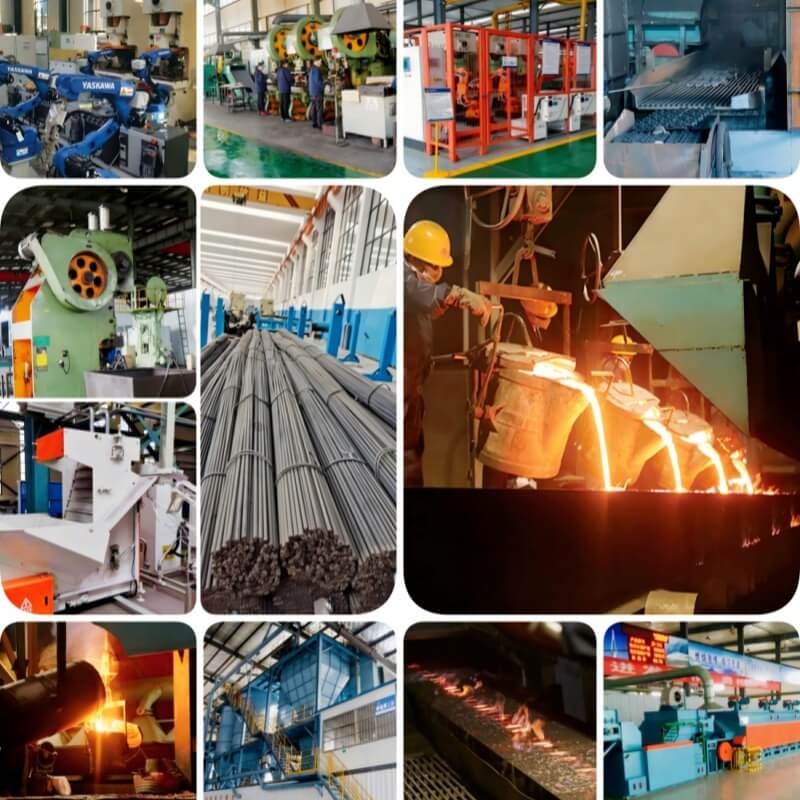
LTRF controls each process’s cost. The finance department updates cost calculations regularly.
LTRF’s advanced testing equipment gives comprehensive quality inspection capabilities for the entire fastener system. This meticulous quality control ensures product reliability.
LTRF holds ISO and CRCC railway product certifications. These certifications show compliance with standards and boost market credibility.
